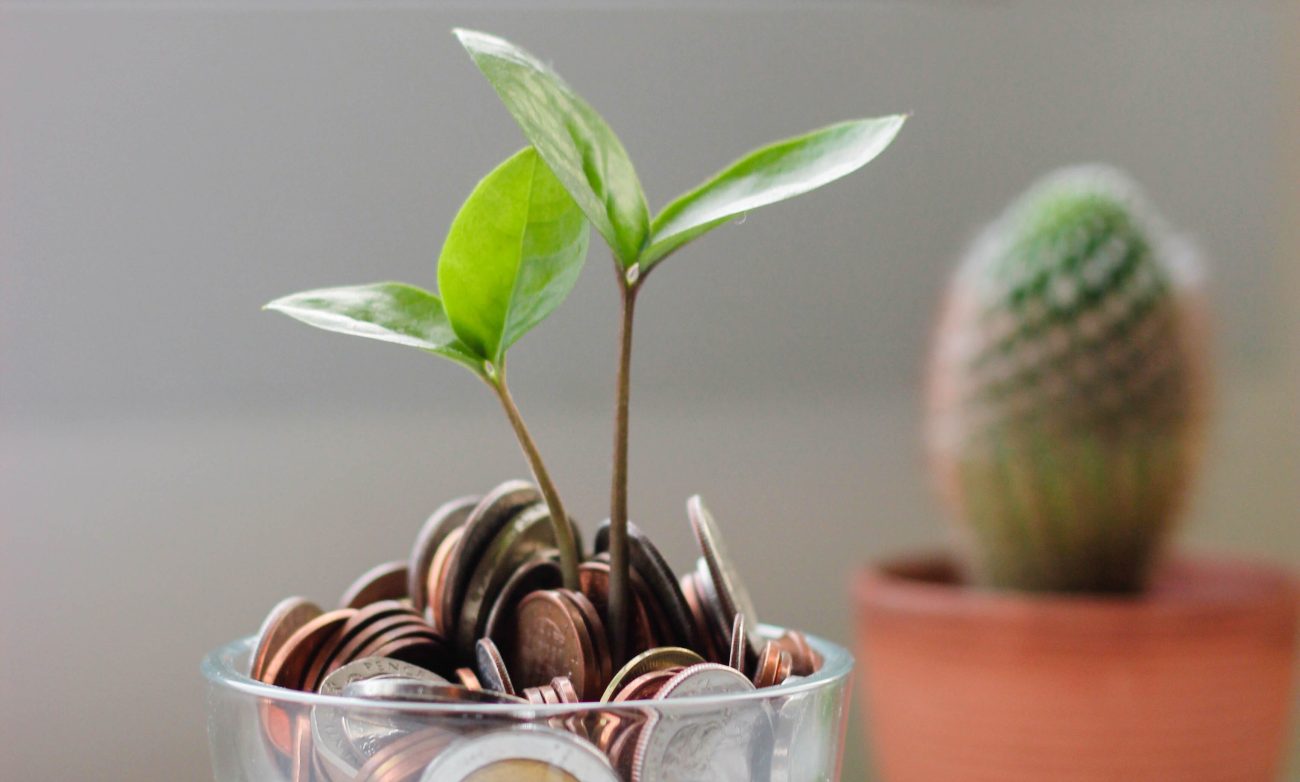
New digital payment methods support sustainable donor relations: Here’s how to do it right
Changes in payment methods have a direct impact on donor acquisition and fund raising. Offering the latest best practices in smooth payments to your donors pays off.
Online and mobile payments have advanced in leaps and bounds over the past five years, and people have started to expect convenient payment experiences from every service.
“Smooth payment is an important piece in acquiring and retaining donors. All the hard work done by communications and operations will be for nought if this step is handled poorly and the donor is driven off in the payment phase”, says Ilkka Harjula, non-profit specialist at TietoPiiri Oy.
TietoPiiri supports the work or organisations by offering them a customer management system and consultancy to make the donation process and mobilisation of volunteers easier. Their system helps with segmenting and targeted communications and reduces the organisation’s internal workload by automating functions.
Payment cards expire and e-invoice payments are often poorly implemented
E-invoices and direct payments are popular in Finland and have been good ways of ensuring donor commitment, but they are held back by slowness and manual work that can put unnecessary strain on non-profits.
“Potential donors who favor e-invoices are easily scared off if they have to jump back and forth between the online bank and donor site at payment”, Harjula says.
“Instead, you can automate recurring e-invoices, so that the donor just needs to complete the monthly donation form on the website and approve the e-invoicing agreement in their online bank.”
Another popular donation method, card payments, also has its issues: cards eventually expire, and when they do, many donors forget to update their payment information. According to one study, as many as one in four non-profits don’t even try to restart a recurring donation after the credit card expires.
“Many of the new payment methods would eliminate this problem. For example, the solutions offered by MobilePay keep card details up to date because people use the payment method for lots of other things than just their donations”, says payments specialist Mikko Vahter of Qvik.
“New payment solutions also feature useful functions for organisations, which eliminate manual work and free up time for other, more important things. For example, starting a recurring donation will not require any manual work, but can be done automatically with an API call.”
From one-time donor to monthly patron: Which payment methods support monthly donations?
Converting one-time donors to monthly patrons is one of the most important goals for non-profits. That is a lot easier to do if the payment solutions make the transition as effortless as possible for both the donor and organisation.
Management of donor relations with both one-time and monthly donors is an essential part of a non-profit’s work. A well-cultivated relationship improves the odds of a one-time donor signing up for a monthly donation.
“There are many best practices available for the management of donor relations. The most important points are listening to the donors’ needs and wishes, knowing your donor base, targeted donor communications and, above all, thanking every donor with a personal message”, Harjula says.
And when you know your donor, it will also be easier to ask them for more help in the form of further donations or volunteering.
Messaging app payments
SMS donations have long held a prominent role in fund raising. In a nutshell, the donor replies to the SMS with the sum they want to donate and pay for their donation in their phone bill.
SMS donations have upsides for both parties: they are effortless for the donor and can give the organization access to the donor’s phone number. They are not perfect, however. Firstly, many employers block SMS donations on their employees’ work phones. Secondly, SMS donations take a long time to land in the non-profit’s bank account. The organization only gets the money when the donor has paid their phone bill, which can mean a delay of over a month.
SMS donations are also expensive for the non-profit. They turned out to be the most expensive option in Qvik’s comparison of fifty-euro donations in terms of the user experience and the costs incurred by the non-profit.
But user-friendly and cost-effective payment solutions are available in other messaging apps too. For example, a payment feature can be integrated into WhatsApp or Telegram. A demo by our Senior Developer Roman “Rommi” Mikstais shows how you could implement payments in WhatsApp.
A donor relationship or payment can be initiated in a messaging app in a variety of ways, depending on where you first encounter the future donor. Messaging app payments can be set up in a face-to-face situation, over the telephone, via a website or directly in the messaging app.
“When you initiate the donor relationship in a messaging app, the donor can choose their preferred payment method and invite their friends to donate too. Messaging apps also let the non-profit tell the donor more about its mission and the recipient of the donation”, Vahter says.
Shall we continue the conversation?
This article is based on the “A sustainable donor relationship requires a smooth start” event hosted by Qvik, Vala and TietoPiiri. The event was held at Qvik’s office in January.
Do you need consultation about your organization’s fund raising? Qvik and TietoPiiri offer a two-hour fund-raising workshop free of charge. Contact Mikko Vahter at mikko.vahter@qvik.com or Ilkka Harjula at ilkka.harjula@tietopiiri.fi and let’s talk more!




